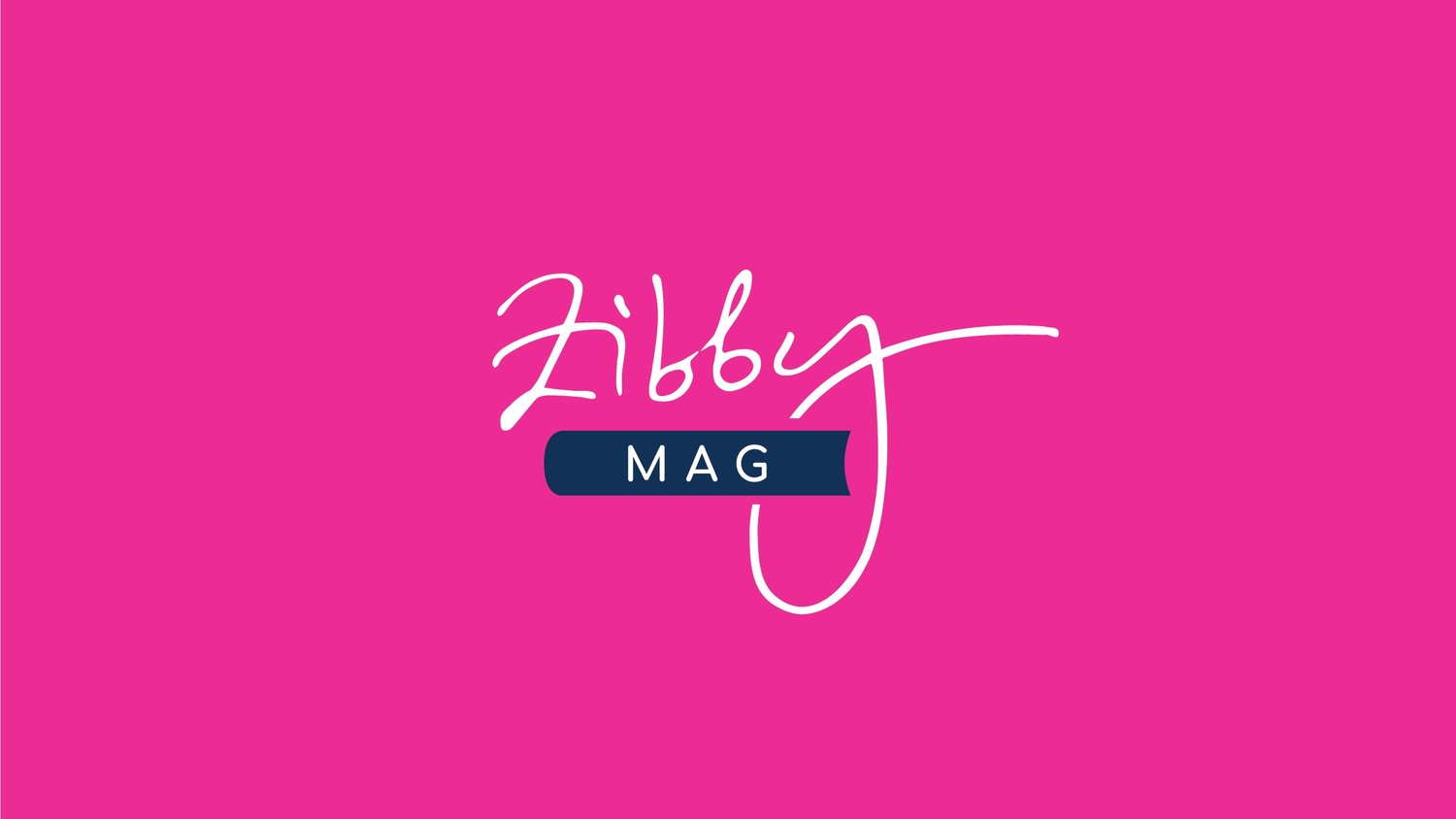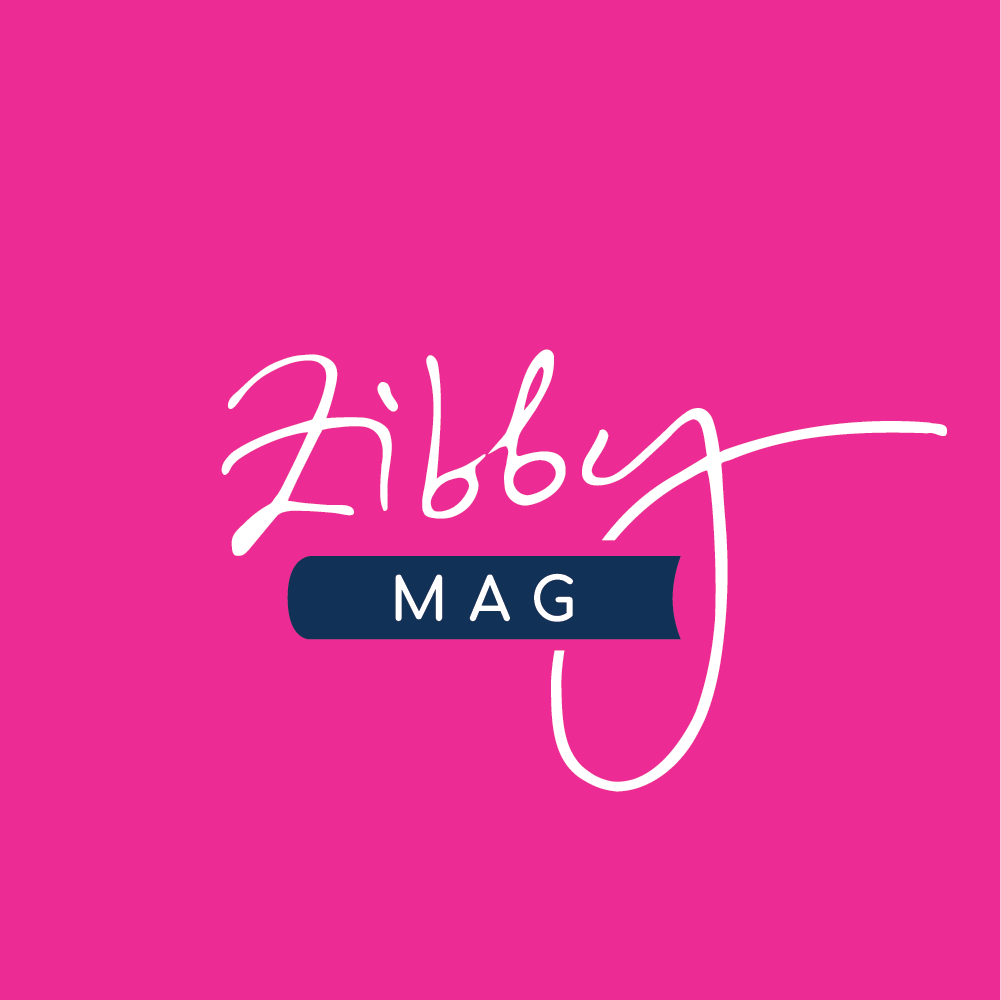Moleskine Presents Five Craft Questions with Sandra A. Miller
In anticipation of our forthcoming titles, Zibby Books has teamed up with iconic stationery and accessory brand Moleskine to produce exclusive interviews with our authors.
Every day while writing Wednesdays at One, Sandra A. Miller jotted her thoughts into a pink spiral notebook and promptly closed it until the next day. During those morning pages she got to know and love the characters.
Continue reading below for an exclusive interview with Sandra about her creative process. And check in with the Zibby Books Instagram account for a chance to win a limited-edition Moleskine x Zibby Books notebook.
How do you begin writing projects?
All of my writing projects start in journals. The longhand process lets me be creative and exploratory without the editor side of me getting involved. Research even supports this! Writing longhand loosens the thoughts and lays the groundwork for inspiration to come in. As soon as I open a document on my laptop and start typing, I become more judgmental of the words on the page, because they look so stark there in black-and-white. Journals promote playfulness and artistry that unlock ideas.
Are there other parts of your writing process that you prefer to execute by putting pen to paper?
When I can’t figure out a character’s backstory, I always grab a pen and notebook and let them tell me who they are—their likes, zodiac sign, relationship with their parents, favorite ice cream flavor, etc. I become the scribe for whatever that character wants to reveal. When I journal from a character’s perspective—or maybe “channel them” is the right phrase—I make discoveries that feel organic, as opposed to forced. As I was doing this for Wednesdays at One, I figured out several key plot twists that directed the course of the novel, so it’s become my go-to technique when I want to open things up.
Can you speak to the importance of capturing moods, feelings, and ideas on the fly?
When I was in my early twenties, I moved to Tokyo for a two-year teaching contract at a college. I knew no one in Japan. I had never taught before. I was as thrilled about the unknown, as I was terrified. I loved my years in Japan, but this was the pre-digital age, so I had many lonely moments, and I always had a journal in my bag to capture those feelings and new experiences.
I would often go to a cafe where the voices around me were like white noise, because I didn’t speak the language well. In my bubble, I did some of my deepest, hardest writing. Being outside of your comfort zone can be a powerful tool for introspection and self-reflection, but it requires a journal to catch it all. When I started writing my memoir, Trove, those old journals provided the details of memories and experiences from my past that I never would have had access to had I not written them down in the moment.
Where's the most unlikely or unusual place you've written something memorable?
I was in Northern California, and a guy I’d been seeing broke my heart. We were in a restaurant, and after he left in a huff, I desperately needed to sort out my feelings. Pre-cell phone days I was always reaching for a journal, but I didn’t have one with me at the time. So I asked the server for a napkin and a pen, and started scrawling. When she saw me writing and crying uncontrollably—the tears coming harder the more I wrote—she brought me a whole stack of napkins, which I promptly filled with the awful feelings that come with having your heart broken. I took those napkins home and tucked them into my journal. They’re still there.
When or where do you feel your most creative? Do you have any tips on re-igniting creativity when you're feeling stuck?
I tell my writing students to put down their phones and go out and notice the world. Take a slow walk and pay attention to the smells, the sounds, the weird ways squirrels scurry around in trees—then journal about it. Henry James said, “Try to be someone upon whom nothing is lost.” I would agree with that. Pay attention to the things that are typically beneath your notice, or things you have been habituated to. Then try to bring them into your creative work.
A good way to train yourself to see more closely is to read the work of nature writers such as Henry David Thoreau, who spent a year living in a log cabin at Walden Pond, documenting every natural observation from the sand to the skies. Writing about the small details will lead you to profound, universal ones.
Sandra A. Miller is the author of the award-winning memoir Trove: A Woman’s Search for Truth and Buried Treasure. She has written about relationships and self-discovery for The Boston Globe, The Christian Science Monitor and many other publications. Her essay about her unconventional love story with her husband was made into the short film, “Wait,” directed by Trudie Styler and starring Kerry Washington. She teaches writing at the University of Massachusetts, Lowell, and lives outside of Boston with her husband, with whom she has two grown children. Her debut novel, Wednesday at One, is out tomorrow.


